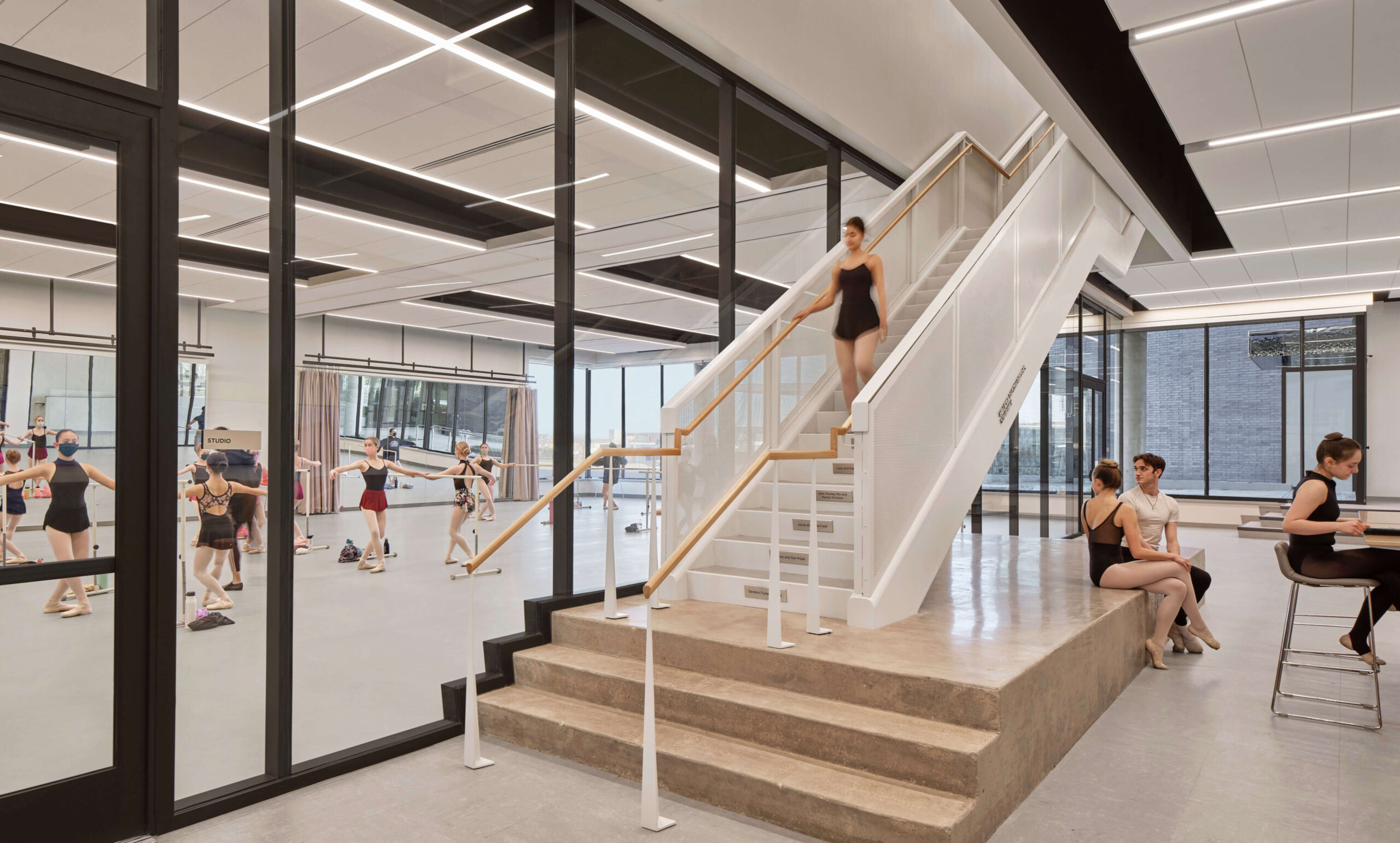Set Pieces inspires ArchDaily editorial on designing for the performing arts

For more information, please contact:
Andrea Chin, Communications Director
Email: [email protected]
Don Schmitt, Principal
Email: [email protected]
Inspired by insights outlined in Diamond Schmitt’s latest book, Set Pieces: Architecture for the Performing Arts in Fifteen Fragments, writer Diogo Borges examines essential design considerations for performance spaces his article “Designing for the Performing Arts: Architecture as a Stage for Experience”, published in ArchDaily.
“Theaters, concert halls, and opera houses are more than just venues — they are meticulously orchestrated environments where architecture, technology, and human emotion converge,” Borges writes.
“Unlike conventional buildings, these spaces must accommodate a dynamic interplay between acoustics, sightlines, stage mechanics, and audience engagement, all while maintaining an architectural identity that resonates with performers and spectators alike. By understanding how these spaces operate — both on stage and behind the scenes — we can appreciate the invisible yet powerful role that architecture plays in transforming a simple act of performance into an unforgettable experience.”
Borges emphasizes the fundamental role of materiality in shaping the acoustic, aesthetic, and atmospheric qualities of a performance venue. Wood, for instance, remains a preferred material for its natural warmth and its ability to diffuse sound evenly. He points to David Geffen Hall’s sine wave-inspired wooden paneling which enhances both sound diffusion and aesthetics. Similarly, La Maison Symphonique de Montréal uses adjustable acoustic panels to seamlessly transition between different types of performances formats, from chamber music to full orchestras.
Beyond the stage, Borges also draws attention to the importance of backstage design — emphasizing the need for intuitive transitions that allow artists to circulate easily between dressing rooms to rehearsal spaces to the stage, and the stage. At Daniels Spectrum, Borges notes, backstage areas serve as creative hubs, offering artist-in-residence studios, informal lounges, and rehearsal halls that foster collaboration.
From backstage design, to designing for diverse forms of performance Borges further notes how adaptability enables venues to accommodate diverse artistic forms like at the Buddy Holly Hall of Performing Arts, where modular rehearsal studios can be reconfigured to support the needs of ballet companies, theatre groups, and other performers.
“By balancing acoustics, visibility, backstage functionality, and adaptability, architects transform these buildings into active participants in the creative process. A well-designed performance space does more than host art — it enhances it, shaping the way stories are told and experiences are lived.”
Read the full article in ArchDaily.